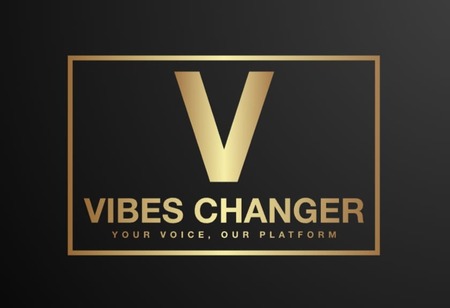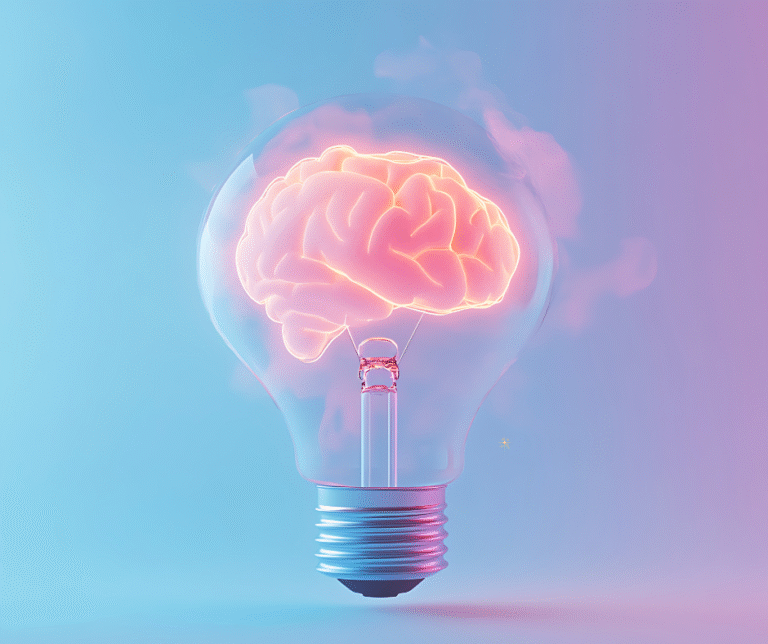In recent years, Artificial Intelligence has evolved from narrow, single-task tools into sophisticated systems capable of engaging with the world in more human-like ways. One of the most transformative developments driving this shift is MultimodalAI—a form of AI that can understand, process, and generate content across multiple types of data like text, images, audio, and even video.
As we move through 2025, multimodal AI is not just a buzzword—it’s redefining how humans and machines interact, and it’s unlocking capabilities that were once the domain of science fiction.
What Is Multimodal AI?
Traditionally, AI models have been trained to work with one type of input at a time. For instance, a natural language processing model might be excellent at analyzing text, while a computer vision model focuses solely on images.
Multimodal AI, on the other hand, blends these input types into a single system. That means it can take in a picture and a question about the picture, understand both, and respond accurately. Or it can watch a video, read accompanying subtitles, and interpret the tone of voice—all at once.
This cross-sensory learning allows for much richer, more context-aware outputs.
Why Is It a Big Deal in 2025?
1. Human-Like Understanding
Multimodal AI is moving closer to how humans process information. When we communicate, we use tone, facial expressions, gestures, and context—not just words. AIsystems that can handle multiple modalities mirror this layered understanding, making interactions feel more natural.
2. Smarter Assistants
Virtual assistants are no longer limited to voice or text queries. In 2025, assistants powered by multimodal AI can read documents, interpret charts, describe photographs, summarize videos, and even answer questions about what they “see” or “hear.”
Imagine asking your AI to “summarize this meeting recording and highlight any action items from the shared slides.” It can now do that.
3. Universal Accessibility
For people with disabilities, multimodal AI is enhancing accessibility in unprecedented ways. Real-time sign language interpretation, audio descriptions of visual content, and text-to-speech systems that reflect emotional tone are making digital experiences more inclusive.
4. Cross-Industry Impact
Multimodal AI is already transforming industries:
-
Healthcare: Analyzing medical images, doctor’s notes, and patient history simultaneously.
-
Education: Offering personalized learning through videos, texts, and interactive diagrams.
-
Retail: Enabling AI to understand product photos, customer reviews, and live queries to enhance shopping experiences.
Leading Technologies in Multimodal AI
In 2025, several leading AI models are pushing the boundaries of what’s possible:
-
OpenAI’s GPT-4o is one example of a large multimodal model that can reason across text, image, and audio seamlessly.
-
Google’s Gemini and Meta’s ImageBind are also exploring deep integration across different types of data.
These systems are not only multimodal in input and output—they’re also cross-modal, meaning they can reason across modalities. For instance, they can connect an image to a written story or derive audio context from a video clip.
Challenges and Considerations
Despite its promise, multimodal AI also brings new challenges:
-
Bias and Fairness: When training on multiple data types, biased patterns can become amplified.
-
Data Privacy: Handling images, voice, and video raises serious privacy concerns.
-
Model Complexity: These systems are harder to train and more resource-intensive than traditional models.
Addressing these issues is critical to ensuring that multimodal AI develops responsibly and ethically.
What’s Next?
Multimodal AI in 2025 feels like the beginning of a new frontier. We’re approaching an age where interacting with machines won’t require rigid commands or predefined inputs. Instead, AI will understand us on our terms—visually, verbally, emotionally.
The future of AI is not just intelligent—it’s sensory, context-aware, and deeply human.
Final Thoughts
Multimodal AI isn’t just about smarter technology; it’s about building more natural, inclusive, and powerful ways to interact with the digital world. As this field continues to grow, expect to see even more groundbreaking applications that change how we live, work, and communicate.
Whether you’re a developer, a business leader, or just an interested observer, now is the time to pay attention—because multimodal AI is not just the future. In 2025, it’s already here.
#MultimodalAI
#AI2025
#GenerativeAI
#VisionLanguageModels
#CrossModalAI
#MultisensoryAI

